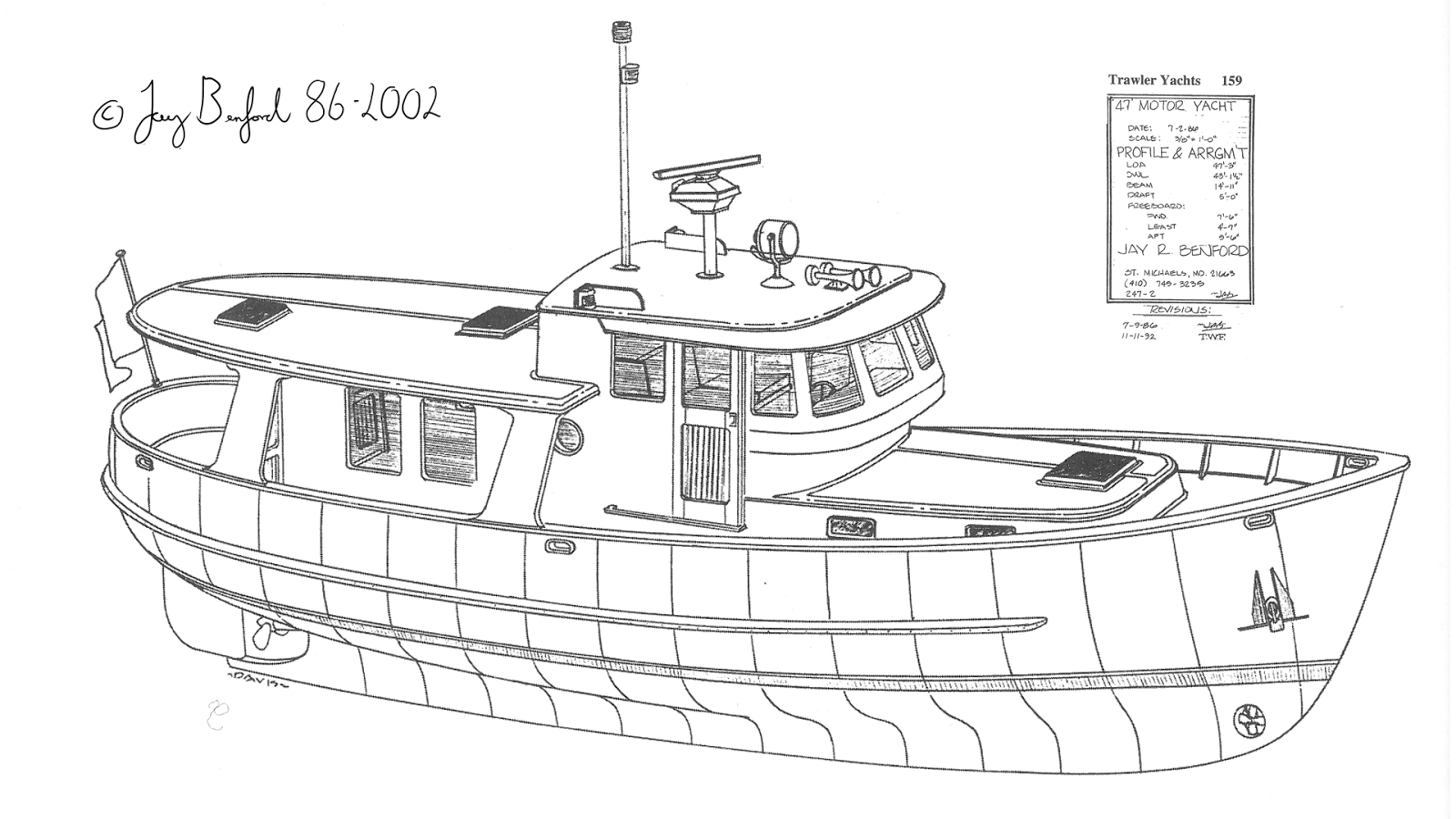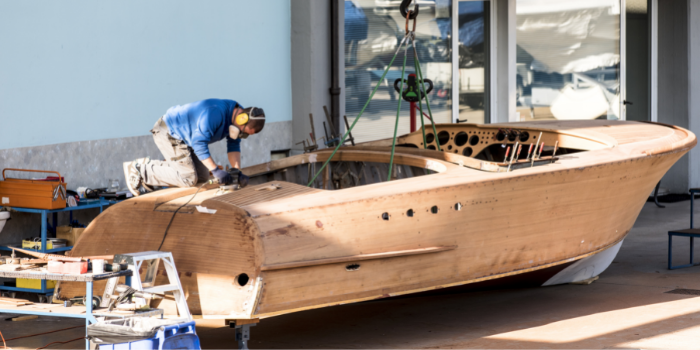
Beyond the Plans: Unconventional Approaches to "Step-by-Step Wooden Boat Building for Fast Construction"
Building a wooden boat is a dream for many, a testament to craftsmanship and a connection with the sea. But the "step-by-step" approach often presented feels…rigid. This review delves beyond the typical guide, exploring unconventional strategies for accelerating construction while maintaining quality, drawing on both established woodworking principles and emerging technologies.
Question 1: Can We Really Speed Up Traditional Boatbuilding?
The short answer is: yes, but not by sacrificing quality. Traditional methods, while beautiful, are inherently time-consuming. The key lies in strategic optimization, not shortcuts.
Streamlining the Process: Beyond the Manual
Most "step-by-step" guides focus on individual tasks. What's missing is an overarching project management approach. Think of lean manufacturing principles: reducing waste, optimizing workflows, and parallel processing. This means identifying bottlenecks early (e.g., waiting for glue to dry) and finding ways to work around them. For instance, preparing multiple components simultaneously, using pre-cut kits where appropriate (while still ensuring quality control), and scheduling tasks to minimize idle time dramatically affects completion speed.
Question 2: How Can Technology Enhance the Speed and Precision of Wooden Boat Construction?
While the romance of hand tools remains, technology offers significant advantages in speed and accuracy. This isn't about replacing the craft; it's about augmenting it.
Digital Design and Fabrication: A New Era of Boatbuilding
Computer-aided design (CAD) software allows for precise planning, generating optimized cutting patterns for CNC routers. This minimizes material waste and significantly speeds up the cutting phase. Furthermore, digital modeling allows for virtual assembly, identifying potential fit issues before even touching a piece of wood. This preemptive problem-solving dramatically reduces rework time. There are numerous free and paid CAD software programs, such as Fusion 360, SketchUp, and Rhino, that can be used for designing boats.
Laser Cutting and 3D Printing for Intricate Details
For intricate components like decorative trim or complex joinery, laser cutting offers unparalleled precision and speed. Similarly, 3D printing can create custom jigs and fixtures, streamlining assembly and ensuring consistent results. While not essential for the core structure, these technologies can drastically reduce the time spent on finishing touches.
Question 3: What about the Human Element? Isn't Speed Counterproductive to Craftsmanship?
This is a crucial point. Speed shouldn't compromise the quality or joy of the process. The goal isn't to rush; it's to optimize.
The Value of Focused Efficiency
Imagine two builders: one meticulously hand-planes every plank, the other uses power tools efficiently, focusing their handwork on crucial details. Both can achieve a high-quality result, but the latter might finish weeks faster. The emphasis shifts from mindless repetition to thoughtful execution, allowing for more time to focus on the truly artisanal aspects of the build.
Real-World Example: The "Rapid Prototyping" Approach
Consider a small, simple sailboat. Instead of building the entire hull at once, the builder might construct a scaled-down prototype using readily available materials (plywood, for example) to test the design and refine the construction process *before* committing to expensive lumber. This "rapid prototyping" minimizes the risk of costly mistakes and allows for adjustments based on real-world testing, significantly speeding up the final build.
Conclusion: Embracing Innovation in Traditional Craft
Accelerating wooden boat building is not about sacrificing quality but about smart optimization. By combining traditional craftsmanship with modern technology and project management techniques, hobbyists and professionals alike can achieve faster build times without compromising the integrity and beauty of their creations. This approach calls for a shift in mindset â€" from a purely sequential, manual process to a more integrated and efficient workflow.
The future of wooden boat building is a blend of time-honored skills and innovative technologies. Let's embrace both.





